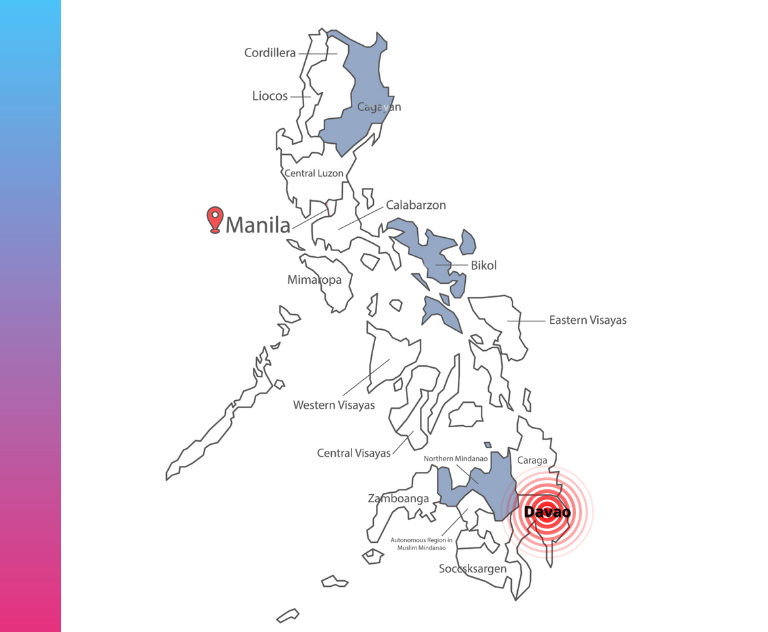Table of Contents
Understanding the Compensación por Tiempo de Servicios (CTS)
In Peru, the Compensación por Tiempo de Servicios (CTS), translated as Compensation for Length of Service, is a mandatory employment benefit that aims to protect workers in case of termination or unemployment. Employers operating under Peru’s private labor regime must deposit this payment twice a year by May 15 and November 15.
For 2025, employers have until November 15 to complete the corresponding payment for the May–October period. The CTS serves as a financial safety net for employees and forms part of Peru’s broader social protection system.
Failing to comply with this obligation can lead to significant penalties, which vary according to company size and the number of affected employees.
Who Is Entitled to Receive CTS in Peru?
All employees in the private sector who work, on average, at least four hours per day are entitled to CTS. The following categories apply:
- Regular private-sector employees: Entitled to one monthly salary per year, deposited in two equal parts in May and November.
- Small enterprises: Employees receive the equivalent of 15 daily wages per full year of service, up to a maximum of 90 daily wages.
- Micro enterprises: Workers are only entitled to CTS if the company is not registered in the REMYPE (Small and Micro Business Registry).
- Agricultural workers: CTS is already included in the daily wage at 9.72% of the base salary, unless they opt to receive it separately on a semiannual basis.
- Domestic workers: Following the 2020 Household Workers Law (Law No. 31047), they are also entitled to CTS under the same conditions as private-sector employees.
In all cases, employers must deposit the CTS into the financial institution chosen by the employee. If no institution is selected, the employer may choose one and deposit the amount as a fixed-term savings account.
How to Calculate CTS in Peru.
The CTS is generally equivalent to one month’s salary per year of service, split into two deposits (50% in May and 50% in November).
The calculation is based on the employee’s regular remuneration as of April 30 (for the May payment) or October 30 (for the November payment). Employers must also add one-sixth of the semiannual bonus (gratificación) from July or December, depending on the period.
Example:
If an employee earns S/ 1,674 per month, their November 2025 CTS payment would be approximately S/ 837, considering that the benefit is exempt from fifth-category income tax.


Variable or Mixed Salaries
For employees with variable income, such as commissions or overtime, the CTS is calculated using the average earnings over the previous six months (May–October for the November payment). If the employee receives a fixed salary plus variable components, the variable portion is included in the calculation only if it was paid at least three times during the semester.
Withdrawals and Exceptions
Under Law No. 32322, employees may freely withdraw up to 100% of their CTS funds until December 31, 2026.
Additionally, employees facing terminal illness or cancer may withdraw their CTS at any time by submitting the necessary medical documentation.
Normally, CTS funds are intangible and can only be accessed upon employment termination, except for the temporary provisions mentioned above.
Penalties for Late or Missing CTS Deposits
The National Superintendency of Labor Inspection (SUNAFIL) considers failure to deposit CTS on time a serious labor violation.
Large or medium-sized companies: Fines may range from S/ 8,399.50 to S/ 139,742.00.
Small enterprises: Fines between S/ 2,407.50 and S/ 24,075.00, depending on the number of affected employees.
In addition, employers who delay payment must also cover accrued interest from the day after the legal deadline. The obligation to deliver a written statement detailing how the CTS was calculated is also enforceable, and failing to do so may result in additional sanctions.
What Periods Count Toward CTS in Peru?
CTS is accrued from the first month of employment, even if the employee has not completed a full semester. For those working less than six months, the accrued amount is paid alongside other final employment benefits.
The following periods are considered computable for CTS purposes:
- Paid vacations or authorized leave.
- Absences due to work-related accidents or professional illness (up to 60 days per year).
- Pre- and postnatal leave (up to 98 days).
- Legal strikes declared valid.
- Days during which salary accrual continues under dismissal evaluation procedures.
CTS is not affected by maternity or paternity leave, as these are included within the computable periods.
Ensuring Compliance
Employers must provide each employee with a calculation statement showing how the CTS amount was determined and proof of the bank deposit. Deposits should be made into the employee’s CTS account, designated at a financial institution of their choice.
Proper compliance not only prevents penalties but also reinforces the company’s reputation as a responsible employer. Multinational organizations operating in Peru should pay special attention to these obligations, as local labor laws are strictly enforced by SUNAFIL.
How Serviap Global Helps You Stay Compliant in Peru
Managing payroll and employment obligations in Peru can be complex, especially for companies without a local entity. Through Serviap Global’s Employer of Record (EOR) solutions, your business can hire and manage employees in Peru without setting up a local company.
Our EOR service ensures:
- Full compliance with Peruvian labor regulations, including CTS, bonuses, and social contributions.
- Accurate and timely payroll management.
- Secure onboarding and benefits administration.
- Reduced legal and administrative risks.
By partnering with Serviap Global, you can focus on growing your operations while we handle the local employment compliance.
Conclusion
The CTS is Peru is a crucial component of Peru’s labor system. It is designed to protect employees and ensure financial security upon job termination. For employers, especially those expanding from abroad, it represents an important compliance requirement within the Peruvian payroll framework.
Serviap Global can help you manage payroll and employment compliance when expanding to Peru. Contact us today or explore our Peru Country Guide to learn more about establishing compliant operations in the country.
FAQs: Hiring and Operating in Peru
1. What is the standard workweek in Peru?
Employees typically work 8 hours per day or 48 hours per week under Peruvian law.
2. How many vacation days are employees entitled to?
Most employees receive 30 calendar days of paid annual leave after one year of service.
3. Do employers need to provide health insurance?
Yes, employers must contribute 9% of payroll to the national health insurance system (EsSalud).
4. What other mandatory benefits exist besides CTS in Peru?
Employees also receive two annual bonuses (gratificaciones) in July and December, and profit-sharing applies to companies with over 20 employees.
5. How can a company start hiring in Peru without opening a local entity?
Partnering with an Employer of Record (EOR) like Serviap Global allows you to legally hire, pay, and manage workers in Peru without establishing a subsidiary.





























